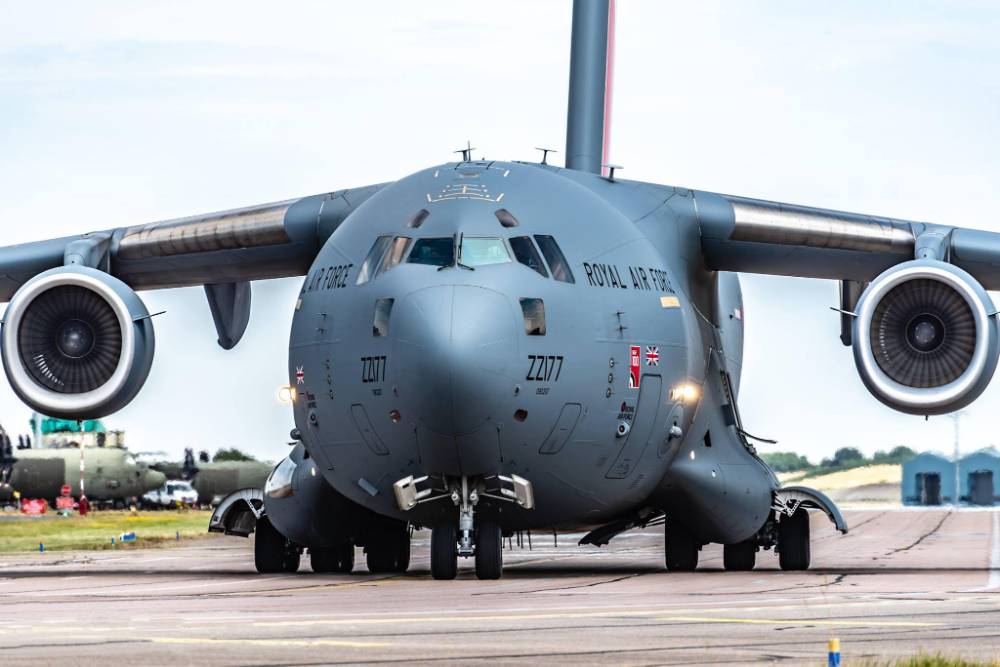
Image courtesy of Brent Maartens
99 Squadron was formed on 15th August 1917, at Yatesbury in Wiltshire and moved at the end of the month to Ford Farm. It was initially equipped with the normal selection of training aircraft and obsolescent combat types. In March 1918 it received its intended combat type, the de Havilland DH.9 Bomber, in preparation for its move to France in late April.
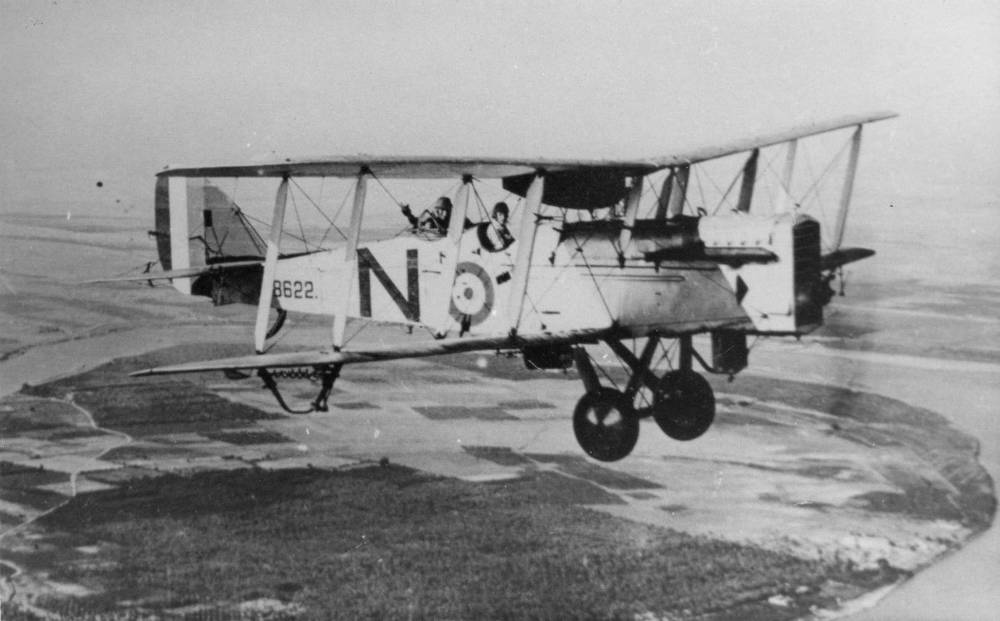
de Havilland DH9A of the type flown by 99 Squadron
Crown Copyright
The squadron was sent to the area south of Nancy, at the southern end of the Western Front; initially to Tantonville, and then on 5th June to Azelot where it was to stay for the remainder of the war. It formed part of Trenchard’s Independent Bombing Force tasked to bomb targets in the German homeland up to the Rhine.
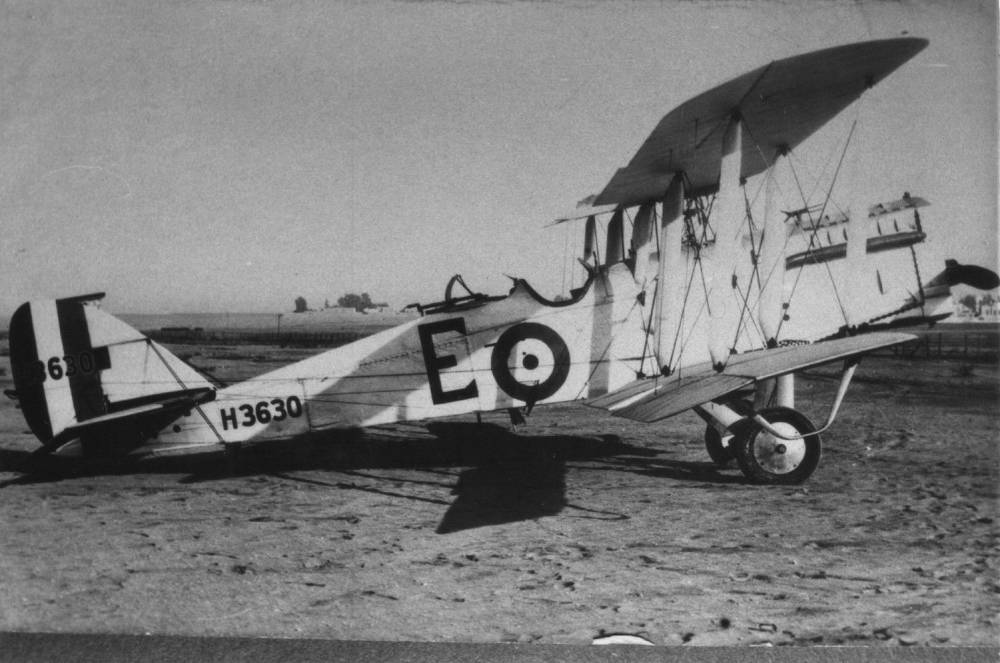
de Havilland DH9A of the type flown by 99 Squadron
Crown Copyright
During this period the squadron was plagued by unreliability of the aircraft’s Puma engines and a shortage of spares. In August it began to receive the replacement DH9A but the transition was still ongoing when the war ended.
In May 1919 the squadron embarked on the SS Magwa and SS Syria to deploy to India. The squadron operated from Ambula and Mianwali, flying patrols over the North-West Frontier. On the 1st April 1920 the squadron was disbanded, being renumbered 27 Squadron.
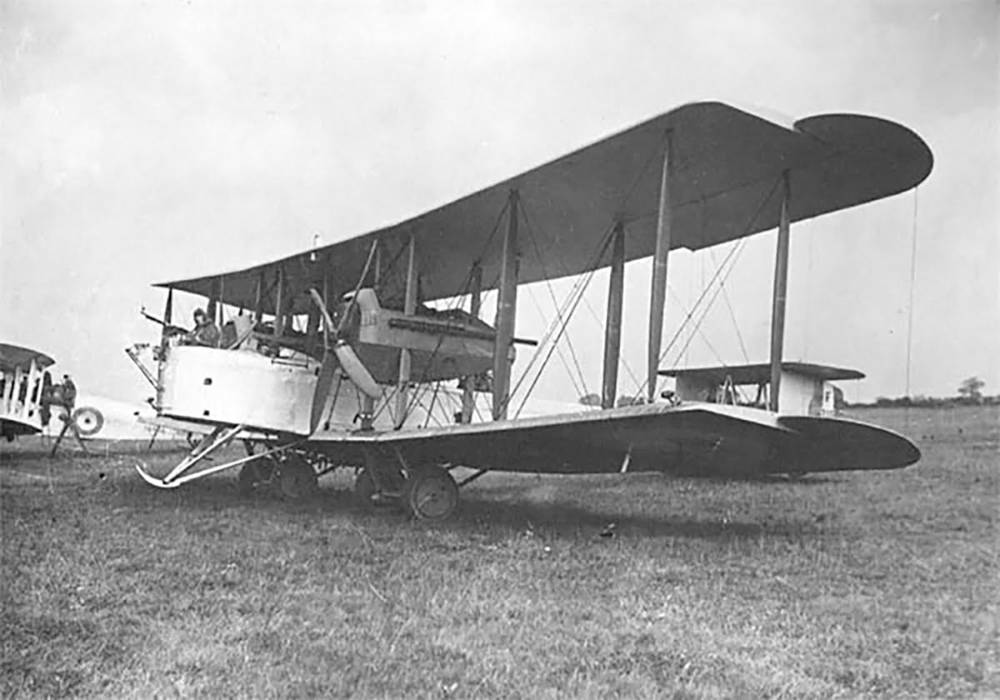
Vickers Vimy
Crown Copyright
99 Squadron reformed on the 1st April 1924 at Netheravon with the Vickers Vimy; moving at the end of May to its intended base of Bircham Newton. From August the Vimy was replaced by the Aldershot III, but at the end of 1925 these were in turn replaced with the Hyderabad.
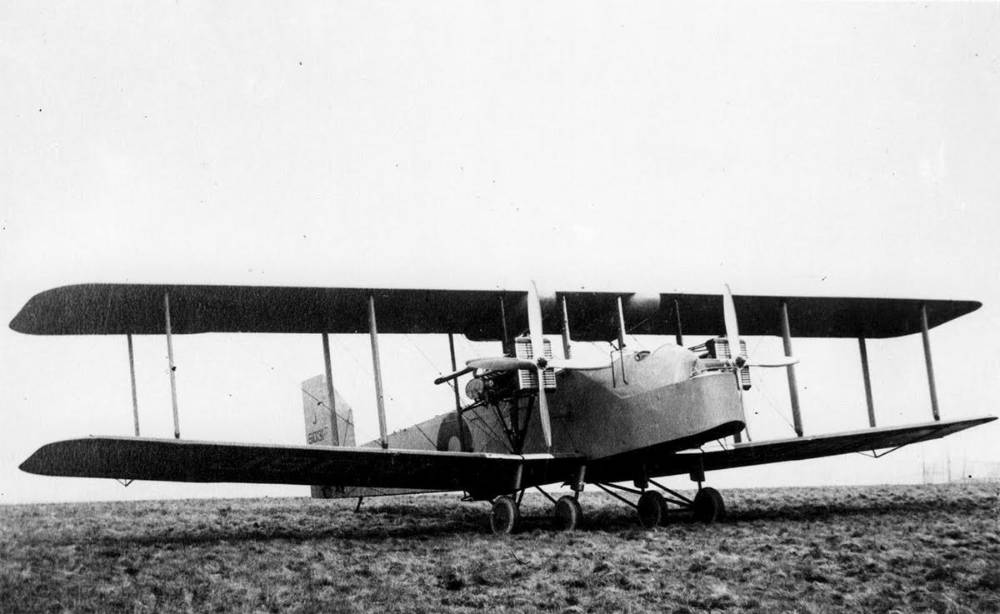
Handley Page Hyderabad
Crown Copyright
In January 1928 the Squadron moved to Upper Heyford. In October 1929 the Hinaidi began to arrive on the squadron and the two types operated together throughout 1930 before the Hyderabad was retired.
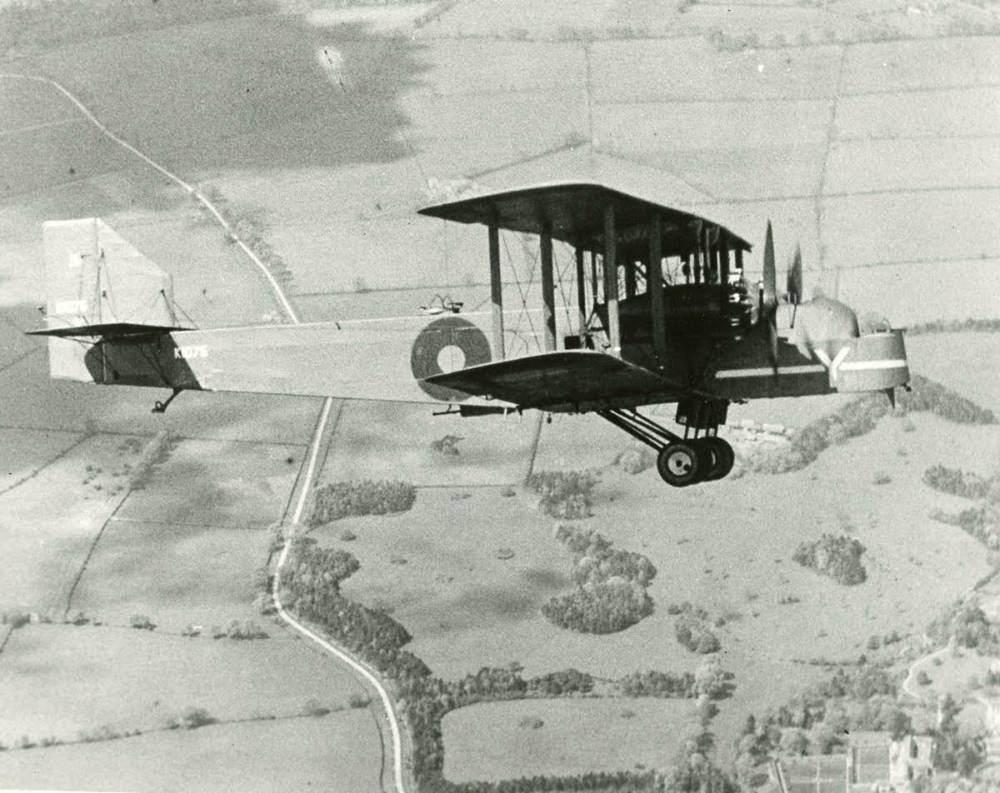
Handley Page Hinaidi
Crown Copyright
By November 1933 the Hinaidi was in turn deemed obsolete and was replaced by the the Heyford 1, which was followed by the Heyford II in November 1934 and the Heyford III in December 1935. During November 1934 the squadron had moved to Mildenhall from where it carried on operating the Heyfords until they were replaced by the Wellington I in October 1938.
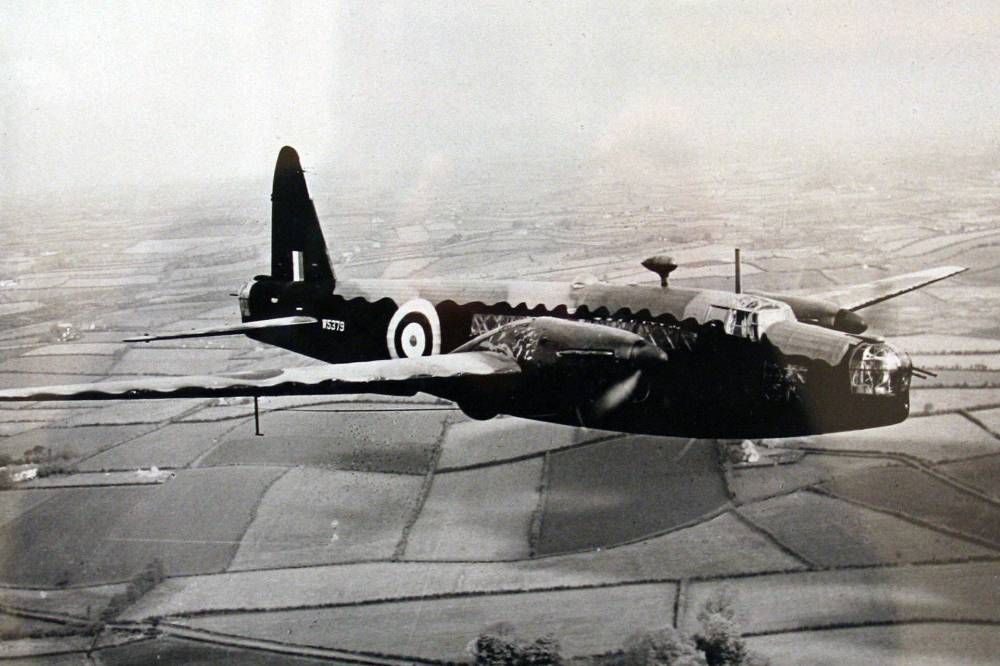
Vickers Wellington similar to those operated by 99 Squadron
Image via David Jarvis
The squadron was to operate Wellingtons of various marks for the next 6 years. During the second half of 1941 they operated Wellington IIs along side their Ics.
The outbreak of war brought a move to Newmarket under the pre-planned SCATTER scheme. In the uncertainty of the opening days of the war, all serviceable aircraft were dispersed to Upper Heyford but with a standing requirement to return to Newmarket for operations. During this period the squadron's first operations were leaflet dropping and reconnaissance sorties over North West Germany. On 9th September all the squadron assets were further dispersed to Elmdon but they were to be ordered back to Newmarket on 16th September. All this activity had happened in 2 weeks!
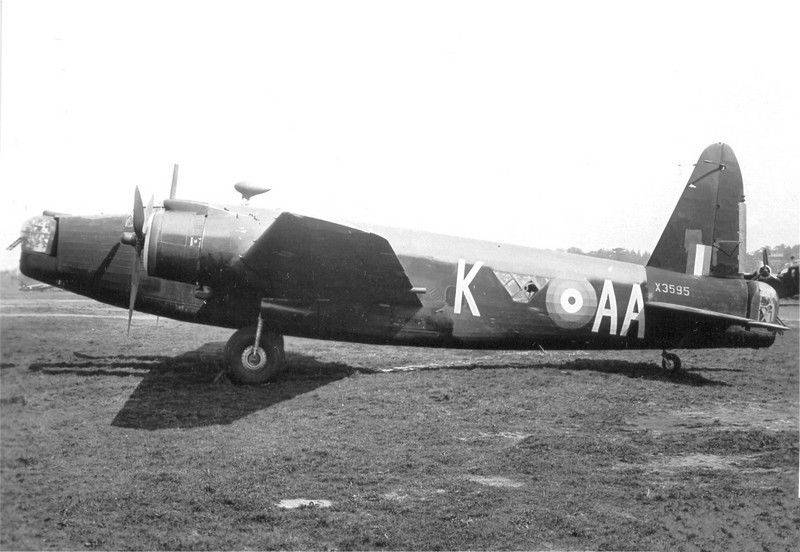
Vickers Wellington similar to those operated by 99 Squadron
Image via David Jarvis
Back at Newmarket, the routine consisted of leaflet-dropping, anti-shipping missions and training exercises to develop advanced flying skills and tactics. With the invasion of Norway and Denmark attacks were mounted on enemy-occupied airfields. With the German invasion of Holland and Belgium the “phoney war” was well and truly over. Bombing raids were mounted both against German troop concentrations and industrial cities. This was to remain the routine for the next 18 months.
The Squadron moved yet again to RAF Waterbeach, in March 1941. In contrast to the rudimentary and re-purposed facilities they were used to at Newmarket, Waterbeach was a newly built station with permanent buildings and 3 hard runways.
The next move, which occupied much of the first half of 1942, was much more significant. The Wellingtons were deployed to India to undertake bombing operations against the Japanese forces in Burma. For most of the remainder of the war it operated from bases in the area around Calcutta.
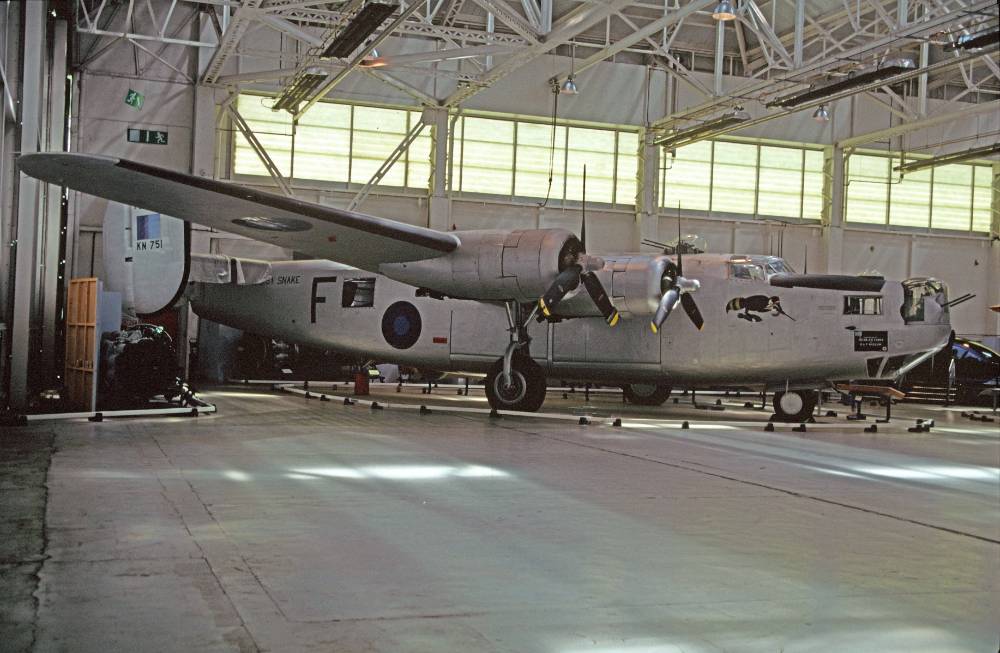
A liberator similar to aircraft operated by 99 Squadron
Courtesy of Adrian M Balch
During September 1944 the squadron finally relinquished its Wellingtons and re-equipped with the Liberator VI which allowed it to reach targets in Malaya and Thailand. On 1st August 1945 the Squadron moved to Cocos Island, but within days the war ended. On 15th November 1945 the Squadron disbanded but was reformed just 2 days later to fly the York C1 from Lyneham.
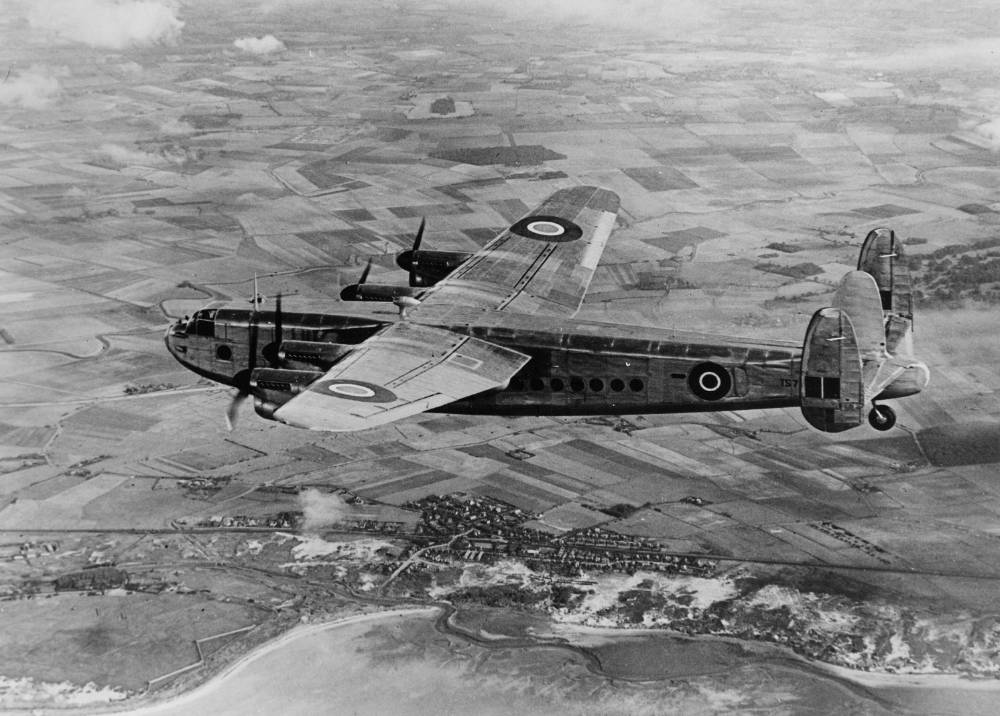
A York aircraft similar to aircraft operated by 99 Squadron
Crown Copyright
The two years during which they operated the York was dominated by Operation Plainfare, the 15 month-long Berlin Airlift, during which they operated from Wunsdorf. As the airlift wound down, the squadron was preparing to re-equip with the Hastings C1. By October the York had been completely replaced.
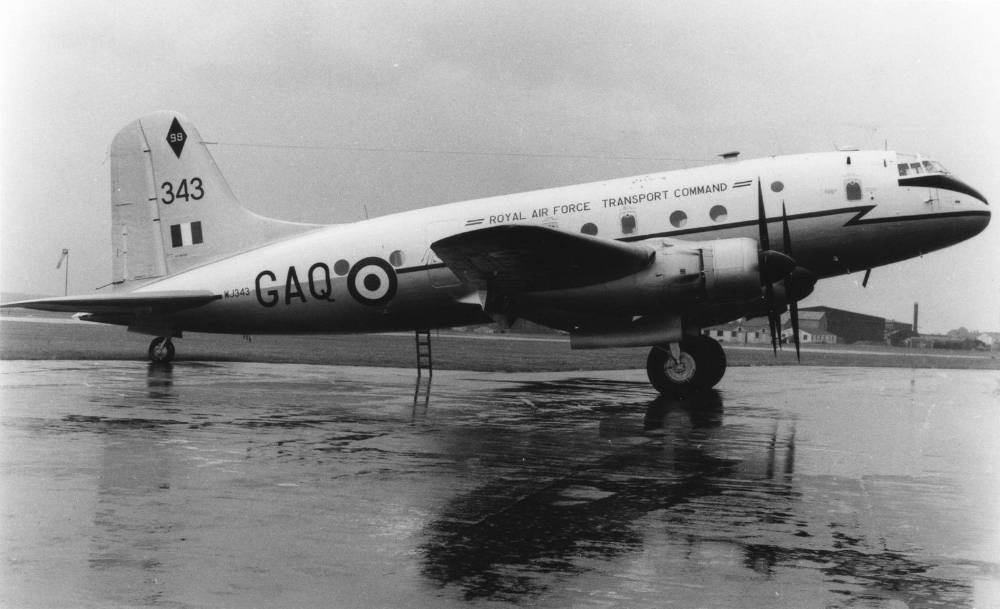
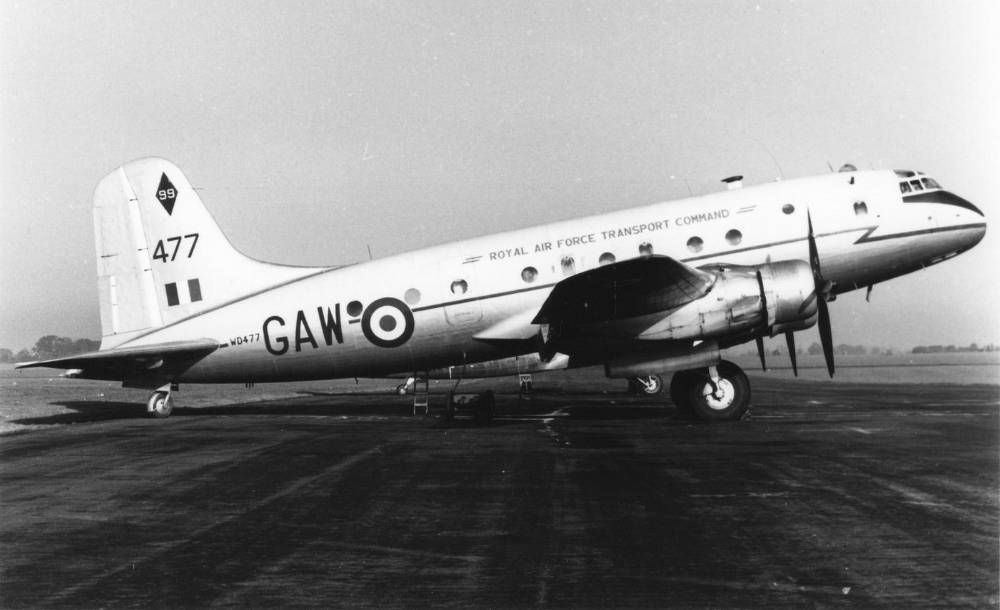
Hasting aircraft
Above images via David Johnson
In May 1952 the first Hastings C2s arrived, and the C1s stayed until mid-1959. When the Hastings era came to an end its replacement was the Bristol Britannia, a type it shared with 511 Squadron.
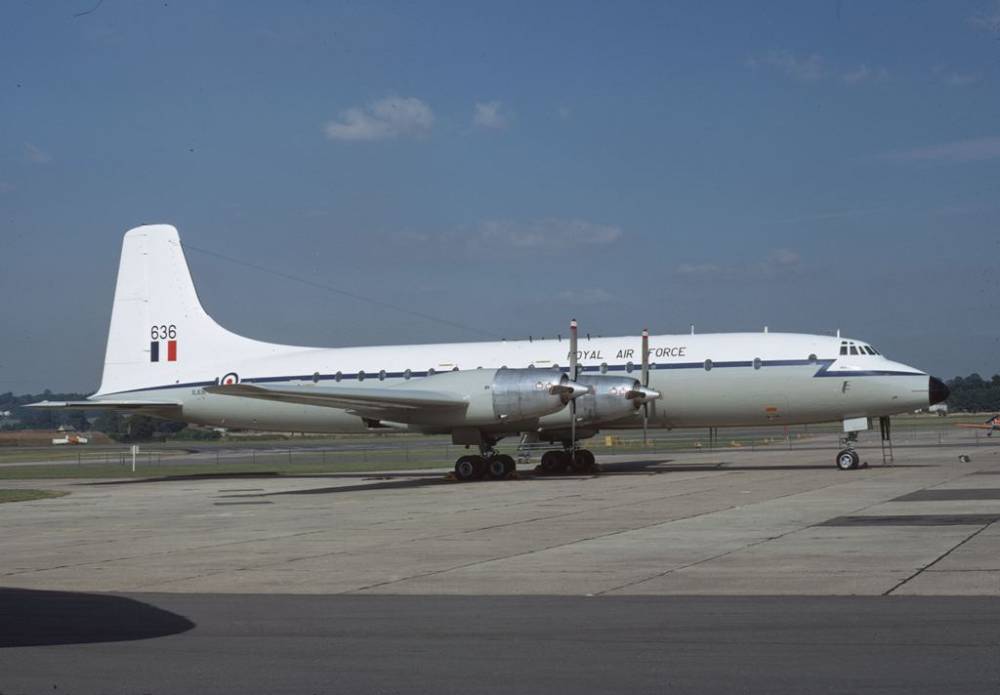
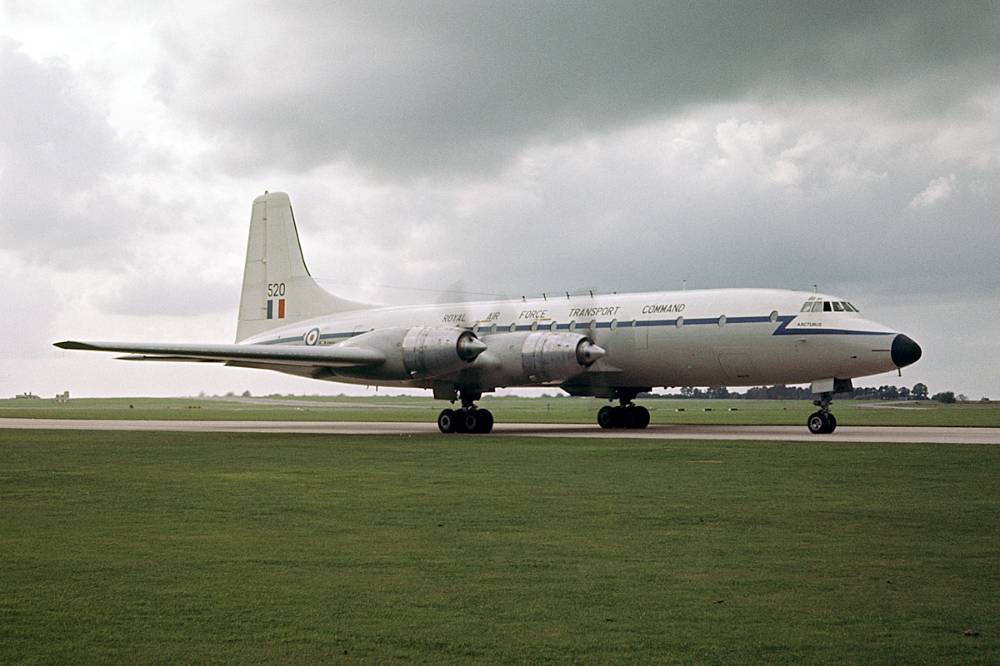
Bristol Britannia aircraft
Courtesy of Adrian M Balch
Following the establishment of Brize Norton as the RAF’s strategic transport hub, the squadron moved there in June 1970. There followed a period of relative stability punctuated by events such as the evacuation of families and tourists from Cyprus following the 1974 coup. Another unusual task during this period was supplementing the Nimrod force in flying reconnaissance missions during the fishing dispute with Iceland. With the Britannia crews supported by MR specialists, the squadron flew a total of 2500 hours on this task.
However, the withdrawal from “East of Suez” resulted in a massive reduction in the requirement for strategic transport leading to the withdrawal of the Britannia, Belfast and Comet fleets. As part of these changes the squadron disbanded in January 1976. At the time of the 1976 disbandment it was thought, with good reason, that the distinguished history of 99 Squadron had come to an end. However, in November 2000, the squadron was resurrected to operate the C-17A, based at Brize Norton.
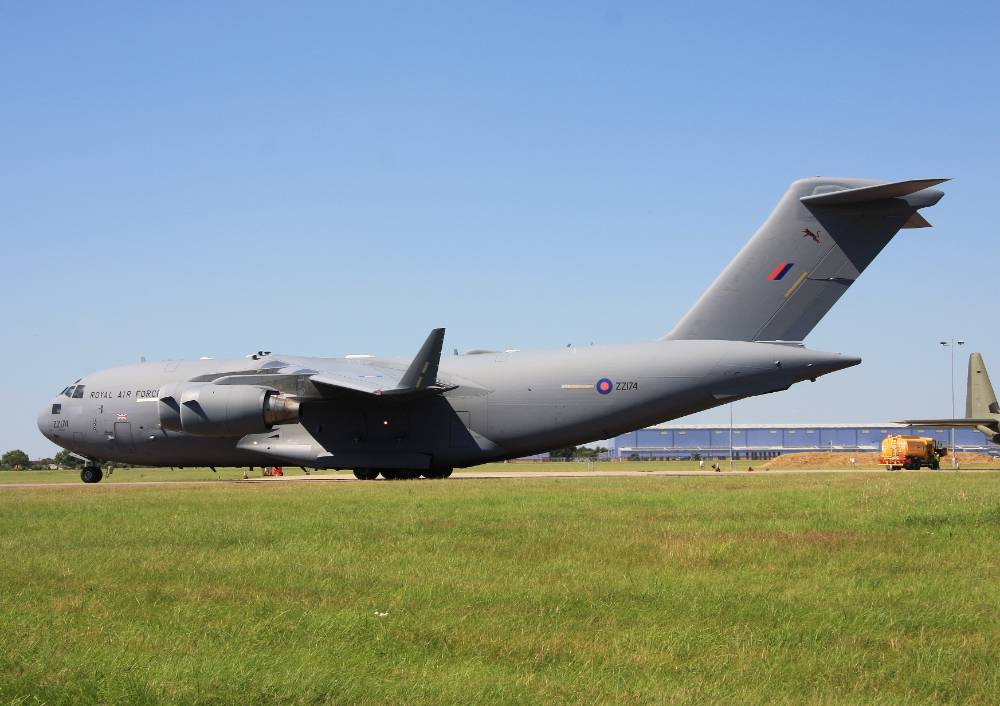
C-17A ZZ174
Image courtesy of Adrian M Balch
Initially 4 aircraft were leased and the first of these arrived on 23rd May 2001. Over the next 11 years the original aircraft were purchased as were additional aircraft until the total squadron strength reached 8. Unlike the USAF, which operates the C-17A as a tactical transport, the RAF operates the aircraft solely as a strategic transport. It contributed a major part in the air bridge to Afghanistan, throughout Op Herrick and right up to the final departing flight which was undertaken by a C-17A. Throughout the last 22 years the squadron has also made numerous flights in support of the UK contribution to humanitarian support throughout the world.
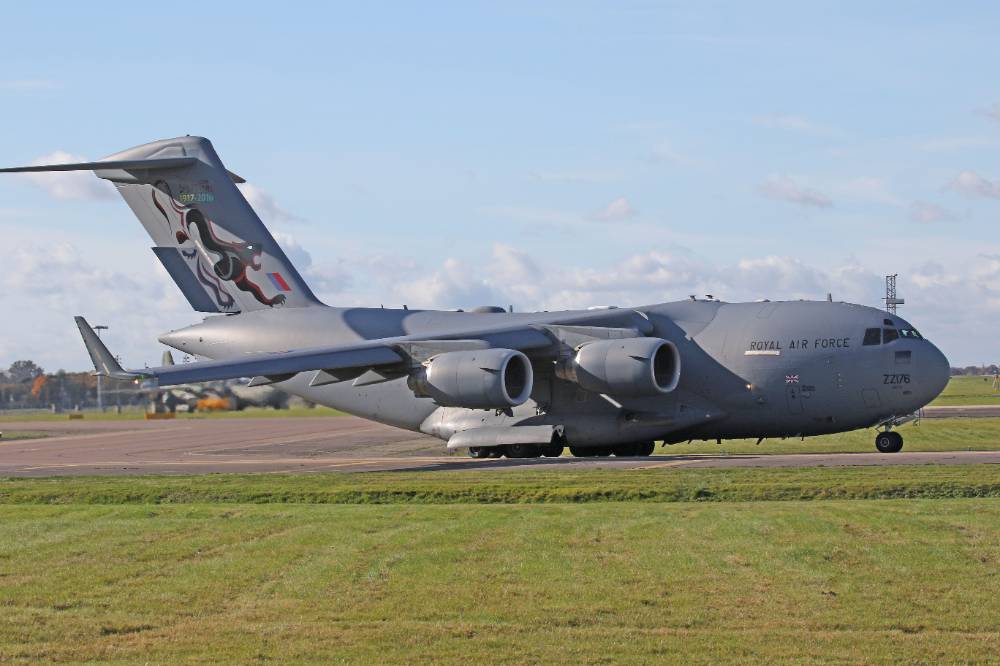
C-17A ZZ176
Image courtesy of Adrian M Balch
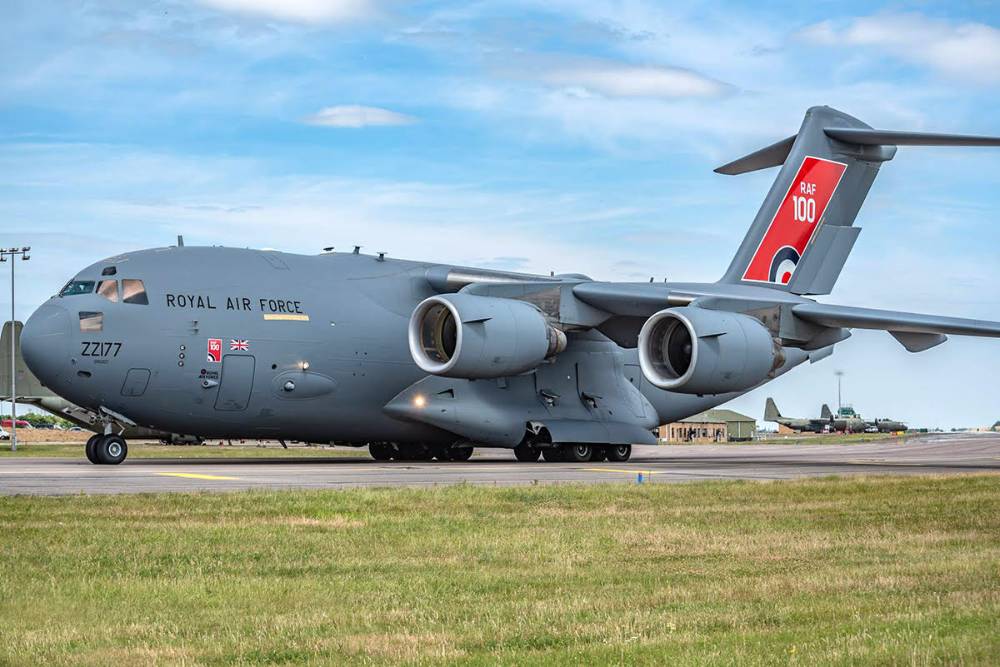
C-17A ZZ177
Image courtesy of Brent Maartens
In September 2022 the squadron received a unique honour when C-17A ZZ177 was selected to carry the body of HM Queen Elizabeth II from Edinburgh to Northolt prior to her lying in state.